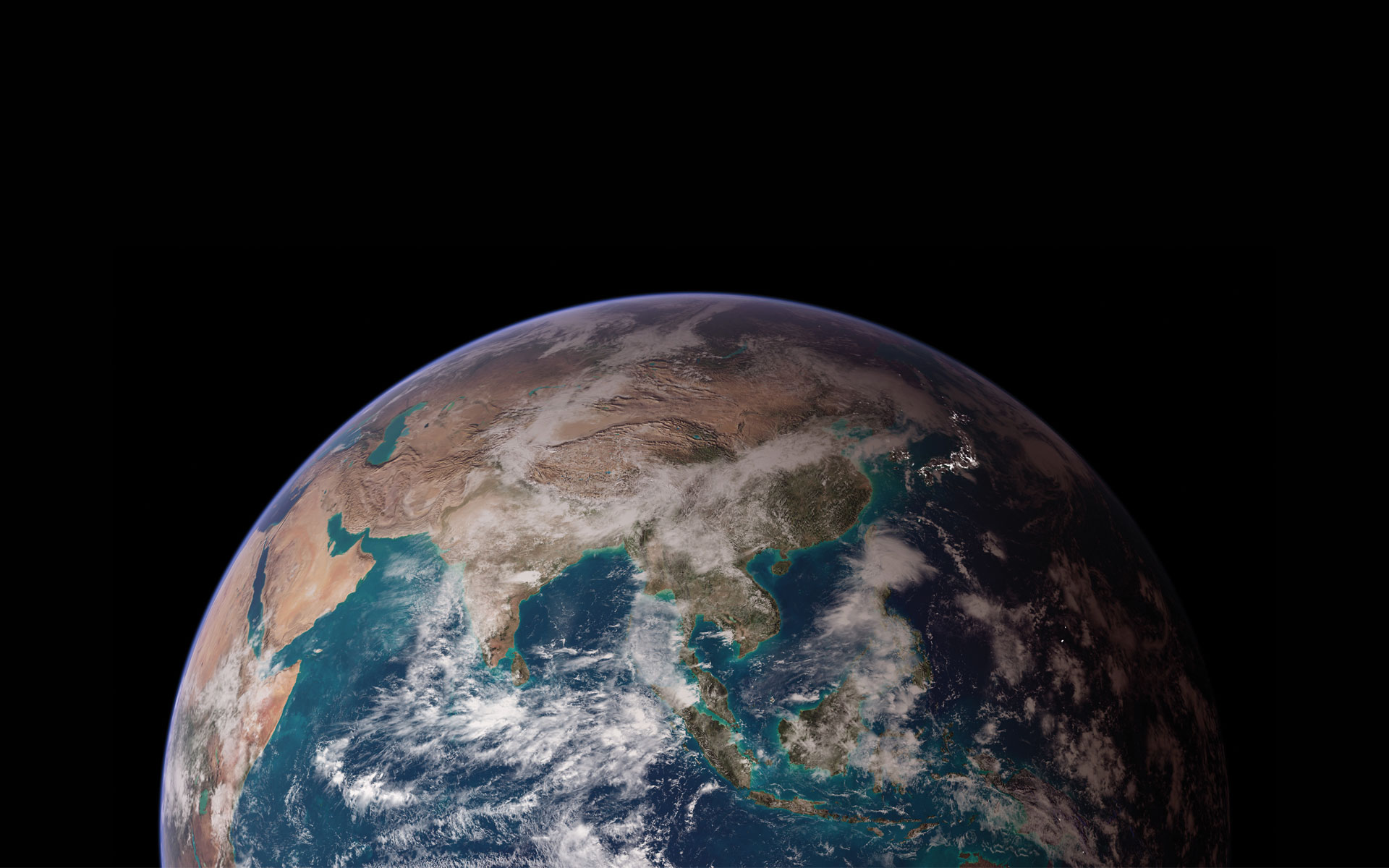Cities are ranked in categories that measure their attractiveness in confronting the megatrends reshaping the global economy.
City classes
We identify four city classes that best capture the changes at play and rank the relative attractiveness of cities in each of those categories:
Export Champions
This class includes cities that are benefiting from the shift in global supply chains as well as those with established export industries that are also shipping more advanced products.
Mobility Connectors
These cities play an important role in facilitating the movement of cargo and people, whether by air, sea, or road, both domestically and internationally.
Commercial Hubs
These urban areas have vibrant corporate, industrial, and retail and hospitality sectors, benefiting from the rise and rebalancing of intra-regional commercial flows.
Climate Resilient
These cities are less exposed to coastal and river flooding, typically have plenty of water to support households or industry, and are less vulnerable to extreme heat or other extreme weather.
Alternative metrics
Our datasets cover seven categories:
Manufacturing data exploring the concentration of manufacturers or global suppliers, among other measures
Mobility data measuring air cargo and passenger flight metrics, airport connectivity, and port activity
Business data showing the presence of major companies, retail brands, and hotel chains, among other indicators
Demographic data assessing the size and age of a population, as well as its relative affluence
Trade data exploring a country’s changing share in global trade across a range of product categories
Environmental data examining flood risks, water stress, or a population’s exposure to extreme heat, as a start
Spatial data looking at population density and whether a city is a regional hub or a satellite
Global forces driving the outlook
Today’s emerging cities face a powerful and growing wave of megatrends that are shaping their outlook, for better and for worse. We see three trends that are especially powerful in determining the opportunities and risks for companies:
Supply chain shifts
Emerging markets are the primary beneficiaries of corporate moves to bolster the resilience of global supply chains or respond to geopolitical tensions. Cities in Vietnam, India, and Mexico are already benefiting. Others will capture jobs and investment as trade tensions force change.
Growth rebalancing
Economic activity is picking up outside of major cities as governments pursue national economic growth strategies and make new investments in infrastructure to support their ambitions, such as Saudi Arabia’s Vision 2030 program or the Narendra Modi government’s “Made in India” initiative.
Climate challenges
Emerging cities are less prepared for extreme weather events. Manufacturing hubs and ports in cities such as Dhaka are exposed to floods and extreme heat. Water stress will create challenges for cities wanting to grow industry or respond to rising urbanization.
About The Design
We designed this report as a travel guide because a city is more than a
commercial hub, mobility connector, or export champion. It is a community with a distinct history, a
culture, and a future. We included information when possible about local food and landmarks to
provide important context to what makes a city tick.
By integrating NASA’s imagery with
Globe.GL, WebGL, and Three.JS, we moved beyond traditional cartography to create a dynamic,
interactive representation of the world. A minimalistic visual approach was chosen to blend elements
of travel aesthetics and modern digital storytelling seamlessly.
We also set out to
redefine the way people explore the world by offering an immersive, sensory-driven experience across
different cities, including many lesser-known destinations. Instead of relying on static, overused
world maps, we wanted to capture the essence of travel and exploration — bringing locations to life
through sound, imagery, and motion. For data visualization, we leveraged the power of RAWGraphs and
Datawrapper, enhanced with our in-house logic, to present rich, engaging, and insightful graphics —
further deepening the connection between the viewer and the destinations. We hope this journey
provides a better understanding of the cities shaping the future and whets your appetite to explore
them yourself.
Our approach focuses on evoking a true sense of place, transporting users
through carefully curated images, local music, and an interactive 3D globe. We aimed to showcase
locations as realistically as possible, using a photo lens that not only captures the unique local
vibe but also resonates with both visitors and locals alike — ensuring authenticity and a deep
connection to each destination.
Author
Ben Simpfendorfer
This report would not have been possible without the contributions of Tom Buerkle, Tom
Dickinson, Agatho Foo, Jodie Gadd, Wai Leong Hoh, Carmen How, Sunao Ikushima, Dustin Irwin, Karolina
Jaworska, Nidhi Kumar, Nick Liptak, Oscar Luna, Jilian Mincer, Augusto Mongrut, Ramona Pillai, Devin
Sasminto, Adrien Slimani, Mattias Sundell, Weronika Talaj, Tristan Wan, Hanna Wondmagegn.

